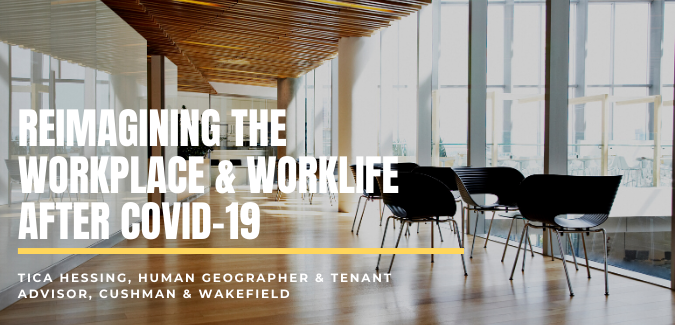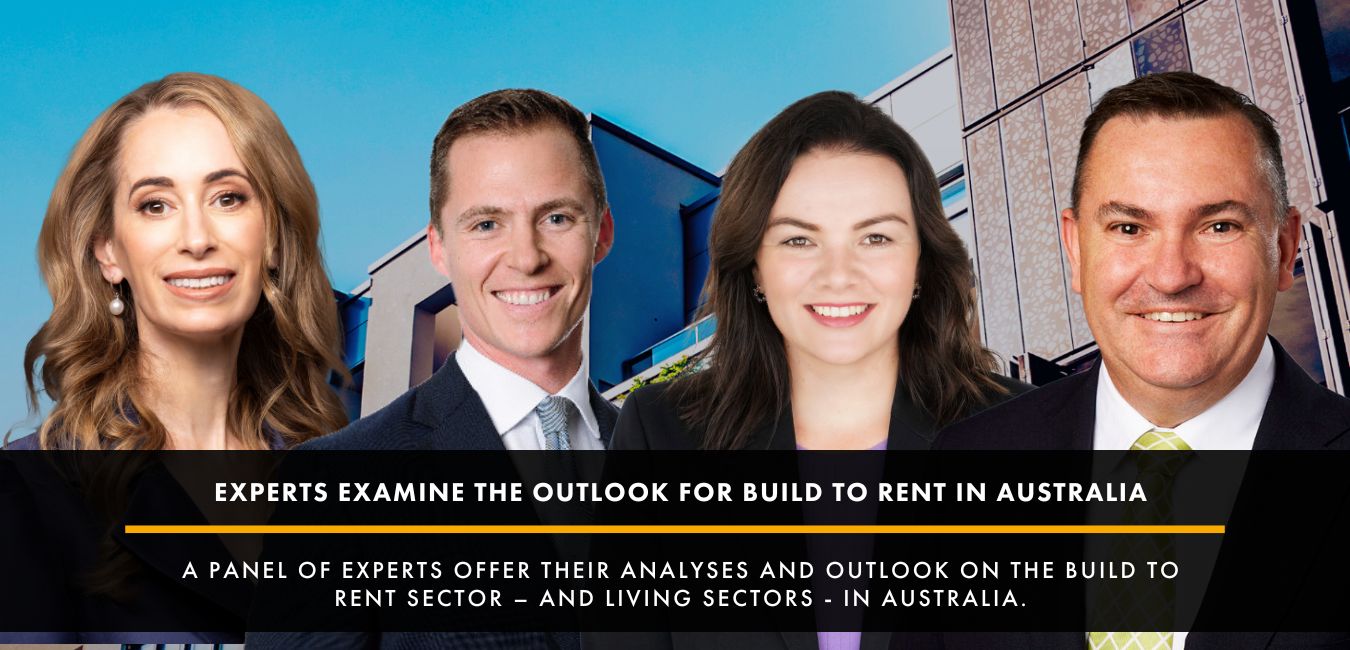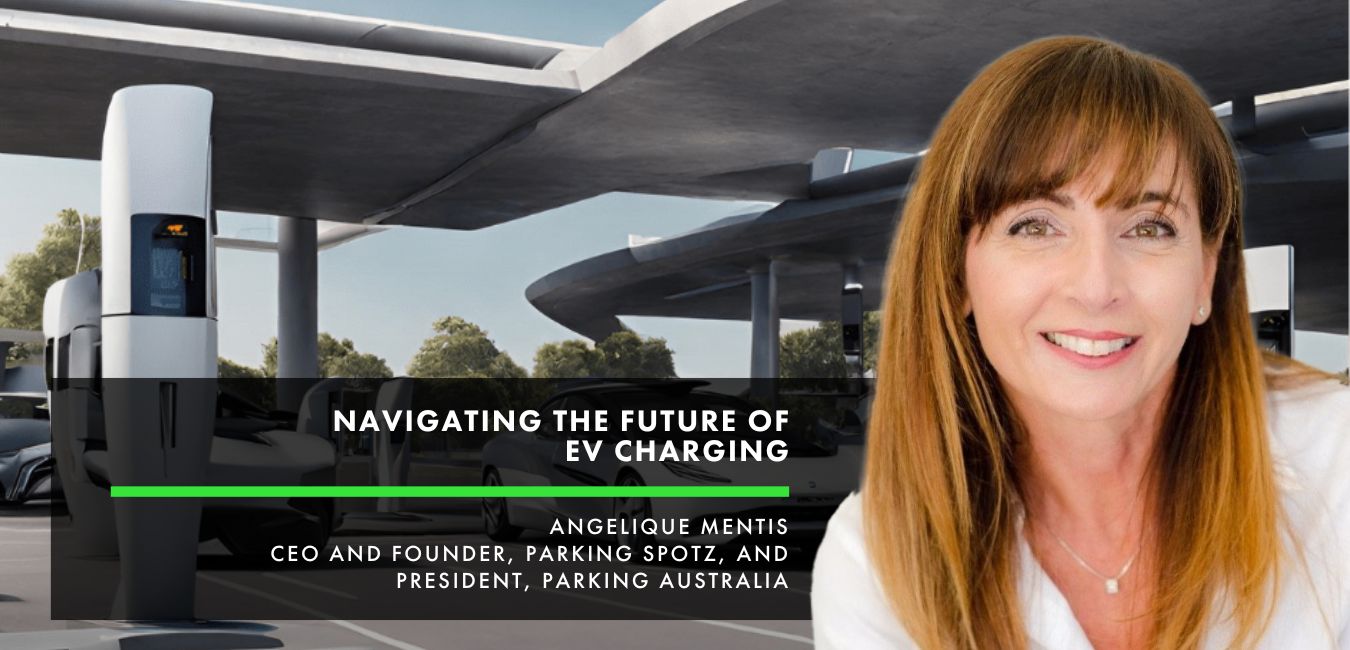With enforced work-from-home having been mandated in many major economies, workplace strategy has been thrust into the spotlight. Employees have shown they are able to continue to carry out their roles and collaborate effectively. The need to go to the office will not go away, but we should more fundamentally question why we are going there.
It’s often said that the new workplace will be a place to collaborate and interact, seeing that most people can focus at home. This is also supported by our research that shows that 75% of respondents feel that they can effectively focus when working from home (WFH). However, 25% can’t for various reasons and 70% of younger generations have WFH challenges. Millennials and GenZ struggle with caregiver responsibilities and inadequate workspace. Home, for them, is not the ideal space for focus time.
Based on the above-mentioned insights, it doesn’t seem adequate to redesign workplaces to solely enable collaboration and interaction. Also, Introverts may be fine working from home to focus, but extroverts tend to thrive in spaces surrounded by people and their energy. So, should we shift the primarily collaboration-focused conversations to a more nuanced future office planning? Should we bring back focus-spaces in the planning of our future offices? Or is there perhaps something else that we are overseeing?
First of all, it’s imperative to recognize that the workplace will no longer be a single location. Rather, the ‘workplace’ will be an ecosystem of a variety of locations and experiences to support flexibility, functionality, and employee wellbeing. Secondly, when creating a strategy for the Workplace Ecosystem, think about what are the core functions and roles of each place in the ecosystem? A high-level example of a Workplace Ecosystem may look something like this;

⦁ A Core Office Urban Campus: Organisations may have core office hub locations that are based in well-connected places with a rich choice in amenities and access to talent pools. The location could be in city centers or on a campus close to knowledge clusters.
⦁ Local Community Hubs: What about providing your employees access to their local suburban co-working spaces? This on-demand space reduces the need for long-term real estate commitments. Working closer to home also has the benefit of allowing employees to spend less time on public transit and cut back on commute times. These hubs can potentially tap into new talent pools in addition to repurposing underutilized retail on the high streets.
⦁ On-Demand Event Spaces: A range of unique event spaces in memorable and accessible locations to be rented when required. Think for example of the Botanic House, located amidst Sydney’s Royal Botanic Garden. Team bonding sessions, client events, or brainstorming camps could be held in the middle of the luscious garden but with the convenience of a city location.
⦁ Third Places in City: The core office hubs and campuses will work in parallel with a range of third places such as cafes, parks, and community centers.
⦁ Work from Home: Benefits of non-commuting
Employees will have the flexibility to choose the best workplace for the tasks they need to complete. For example, a core office may be best suited for client meetings. WFH may be best for intense periods of focus. Coworking locations in both urban and suburban submarkets could provide employees with more choice to experience the benefits of an office work environment but in a location that offers greater convenience. Companies may choose to hand out a certain amount of ‘credits’, let’s say a 5-day pass for each staff member, to work at a local coworking place. This would also satisfy employee appetite for greater engagement within their own communities.
Creating a workplace ecosystem diagram like the one described above can help you and your organization to reimagine the way we will work, live, play, and learn. Leveraging location, time, community, and technology to boost business performance. The diagram brings together these different workplace types as an ecosystem that reflects what a portfolio might look like moving forward.
How to kick-start the conversation in your business? Below some questions to help you reimagine your future workplace ecosystem;
⦁ HOW do your people work?
⦁ E.g. what teams need to be in the office, why and how much time on average per week? How do you take care of your virtual workforce? What support is needed for the transition? How do you create compelling employee experiences?
⦁ WHERE do your people live & Work?
⦁ E.g. where do you recruit talent Where do you locate your operations? Where are your clients based and where and when will face-to-face interaction happen?
⦁ WHAT real estate?
⦁ E.g. how much and what kind of space do you need? How do you manage your footprint and flexibility?
Future of Office Space Summit
Tica will be speaking at our upcoming Future of Office Space Summit, taking place from 17-18 February 2021. Get insights from technology & innovation leaders, tenant & workplace experience experts, property fund managers and industry thought leaders.







